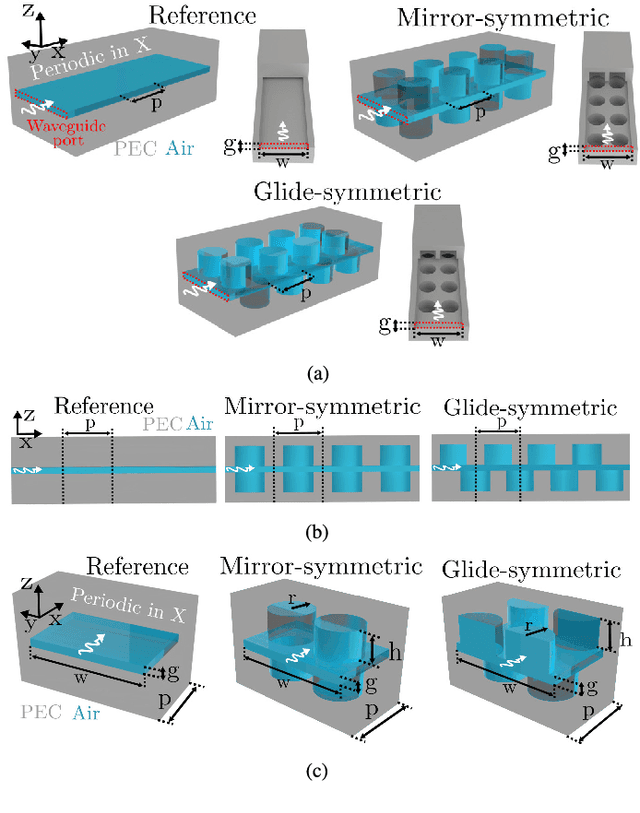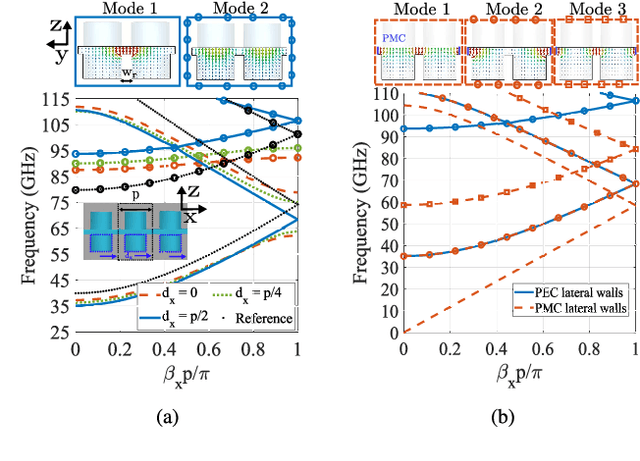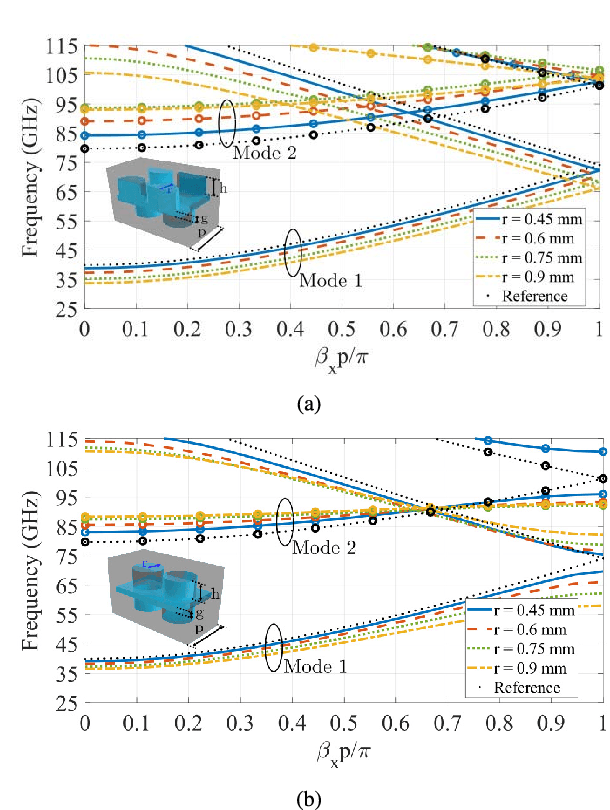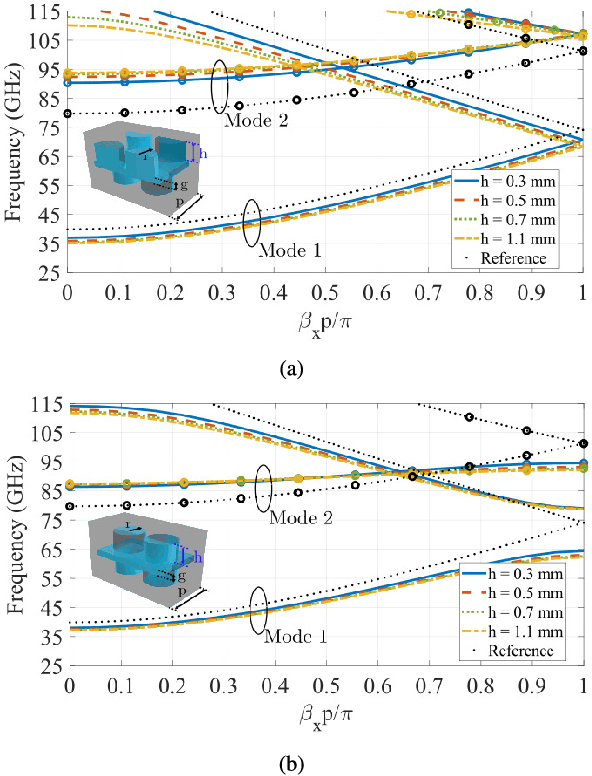Ángel Palomares-Caballero
Metasurface-based Fluid Antennas: from Electromagnetics to Communications Model
Jul 23, 2025



Abstract:Fluid antenna systems (FASs) have become a popular topic in the wireless community as an effective yet simple means of exploiting spatial diversity. Due to the limitations of physically moving radiating elements, electronically reconfigurable antennas are emerging as practical implementations of FASs, since changing the radiation pattern is functionally equivalent to physically moving the device. However, electronically reconfigurable antennas pose a challenge in terms of analytical modeling, often requiring full-wave simulations or measurements for their characterization; this severely limits the extraction of theoretical insights useful for system design. Motivated by these difficulties and the growing interest in FASs, we propose in this paper a complete analytical model for metasurface-based embodiments of FASs. Specifically, we advocate for the implementation of the FAS concept through dynamic metasurface antennas (DMAs), hitherto proposed as array replacements in multiple-input multiple-output (MIMO) systems. We leverage circuit theory to rewrite the conventional signal model of FASs in terms of admittance matrices accounting for the electromagnetic effects inherent to metasurfaces. The model is validated with full-wave simulations, showing good agreement. We further illustrate how to apply the model for standard performance analysis, and provide closed-form expressions for key metrics, including the resulting signal covariance matrix. Results confirm that practical DMA-based FASs can achieve similar performance to that of idealized implementations of position-flexible antennas.
Dispersion and Filtering Properties of Rectangular Waveguides Loaded With Holey Structures
Jan 02, 2021



Abstract:This paper analyzes thoroughly the dispersion and filtering features of periodic holey waveguides in the millimeter-wave frequency range. Two structures are mainly studied depending on the glide and mirror symmetries of the holes. A parametric study of the dispersion characteristics of their unit cells is carried out. Glide-symmetric holey waveguides provide a higher propagation constant and a low dispersion over a wide frequency range regarding hollow waveguides. This property is particularly useful for the design of low-loss and low-dispersive phase shifters. We also demonstrate that glide-symmetric holey waveguides are less dispersive than waveguides loaded with glide-symmetric pins. Furthermore, we perform a Bloch analysis to compute the attenuation constants in holey waveguides with mirror and broken glide symmetries. Both configurations are demonstrated to be suitable for filter design. Finally, the simulation results are validated with two prototypes in gap-waveguide technology. The first one is a 180$^{o}$ phase shifter based on a glide-symmetric holey configuration that achieves a flat phase shift response over a wide frequency range (27.5\% frequency bandwidth). The second one is a filter based on a mirror-symmetric holey structure with 20-dB rejection from 63 GHz to 75 GHz.
 Add to Chrome
Add to Chrome Add to Firefox
Add to Firefox Add to Edge
Add to Edge